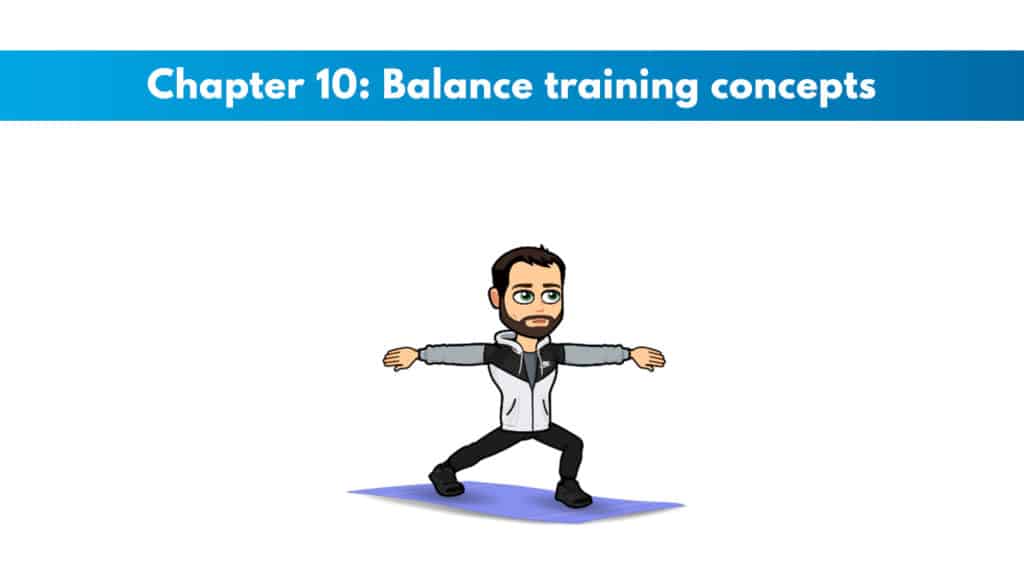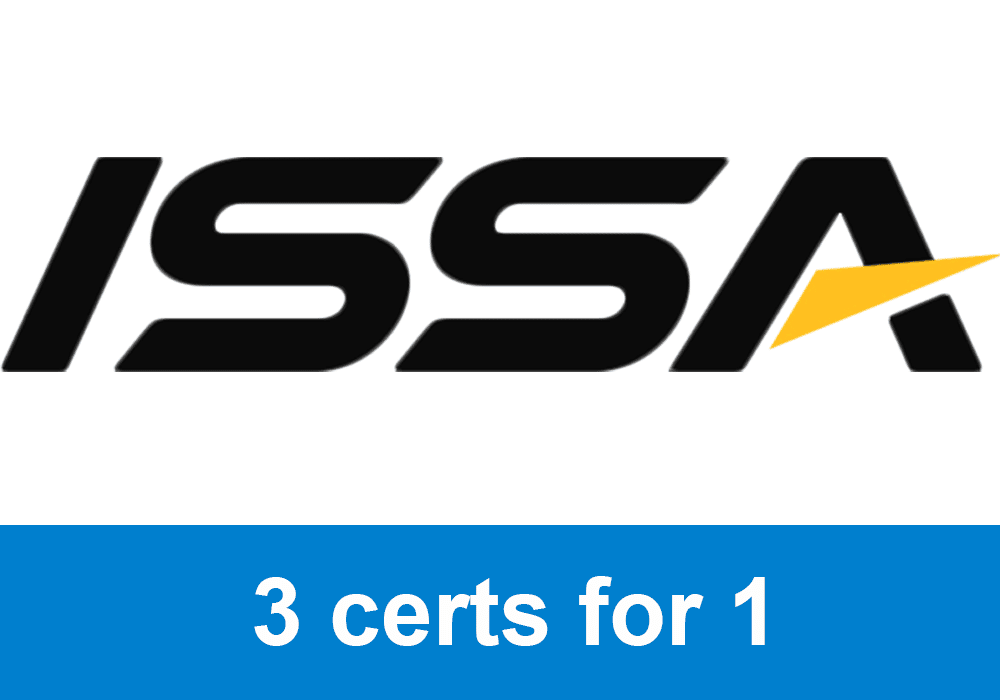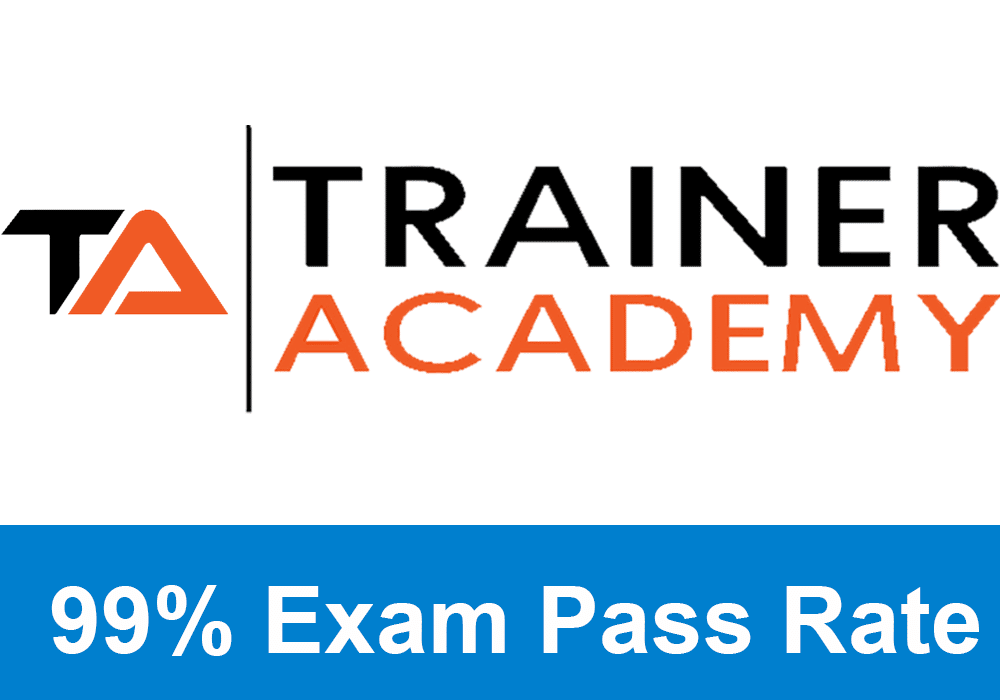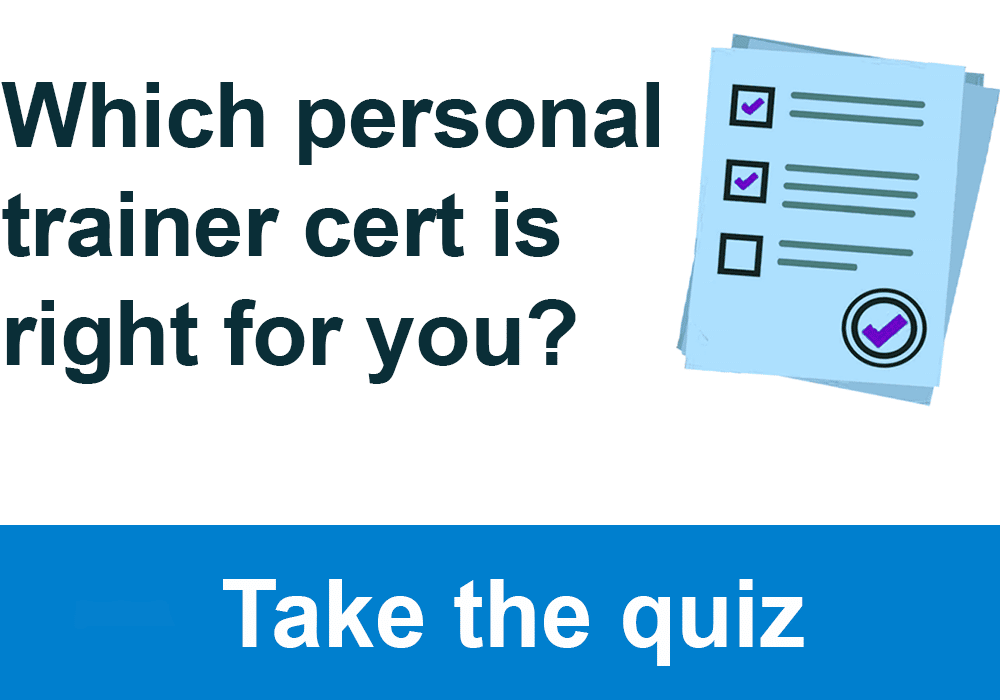
If you have not signed up for NASM CPT, sign up here to save 25% with my personal code PTP25.
Get your copy of the NASM CPT exam cheat sheet. It helps immensely in studying for the exam.
My PTP students report cutting their NASM study time and effort in half with Trainer Academy.
Benefit from the Exam Pass Guarantee and Retake Fee Guarantee. Plus, take advantage of my current discount code PTPJULY for 35% off the MVP Program (Ends July 21st, 2025).
Try it out for free here to see if it’s right for you, or read my detailed review for further insights.
Exclusive PTP CPT Offers |
||
|---|---|---|
Most Popular Cert | Best Online NCCA Cert | Best Study Materials |
Gold Standard Cert | A Good Option | Best CPT for you?  |
Chapter 10 Study guide
Balance is influenced by: age, inactivity, and injury.
Dysfunction at the joints and the effects
Dysfunction at a joint can lead to improper sensory input. This, in turn, can cause an incorrect motor response.
When a motor response is incorrect, this is called muscle inhibition, as the nervous system is inhibiting the muscle.
Due to this muscle inhibition, injury can easily come from these improper movement patterns.
Exclusive PTP CPT Offers |
||
|---|---|---|
Most Popular Cert | Best Online NCCA Cert | Best Study Materials |
Gold Standard Cert | A Good Option | Best CPT for you?  |
This is a snowball effect as the injuries can cause inflammation and swelling, further inhibiting these muscles and leading to even worse proprioception.
Parameters for balance training
Understanding the balance of training parameters for programs and training will result in effective training.
Progression in balance training can be done by starting off with easier exercises to see if your client masters them. If they do, move on to harder exercises. Start with stable/simple exercises and move to unstable/complex exercises. Also, start with slow exercises and move to faster ones.
Proprioception progression can start with a client standing on a stable surface to having them stand on a Dyna disc or a Bosu ball.
Make sure to take your clients through all planes of motion and understand that switching up body positions will lead to more difficult exercises. An example is having two legs on a stable surface all the way up to balancing on one leg on an unstable surface (bosu ball).
Program design for balance training
Overall, learning how to progress people based on the stages of the optimum performance training model is extremely important. You need to know which exercises go into which phase of the OPT model. This is very important for the test.
Stabilization phase: There is no bending of the support hip or leg in this phase. It consists of 12 to 20 repetitions (or 6 to 10 on a single leg), with 0 to 90 seconds of rest and at a slow tempo.
Strength phase: The strength phase includes bending at the knee or hip of the support leg. Some examples are toe touches or unilateral squats. These are done for 8 to 12 repetitions, with a 0 to 60-second rest, and at a moderate tempo.
Power phase: The power phase includes hopping on the support leg (planted leg), and is done for approximately 8 to 12 repetitions, 0 to 60 seconds of rest, and at a moderate tempo as well. Imagine doing single-leg jumps on the box.
If you want additional study materials, check out the team over at Trainer Academy. They have incredible study materials for NASM And I have a special limited-time discount for my readers. I also suggest you check out my review on Trainer Academy here.

 Have a question?
Have a question? 



I’m lost 😣 why is a single leg balance reach stabilization and not strength
A quick tip, usually if they talk about anything on one leg, it’s a stabilization exercise. Obviously there is strength involved, but its primary goal is stabilization.